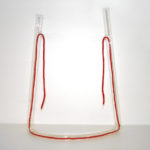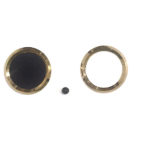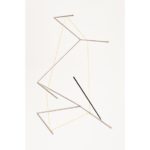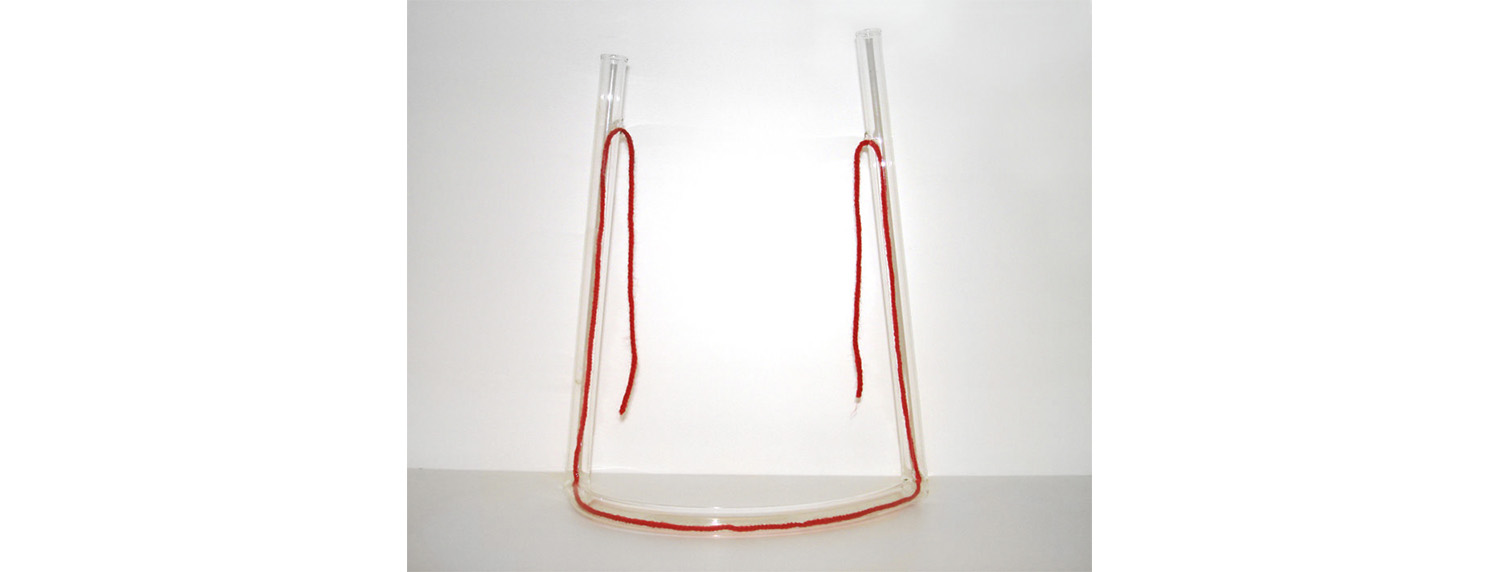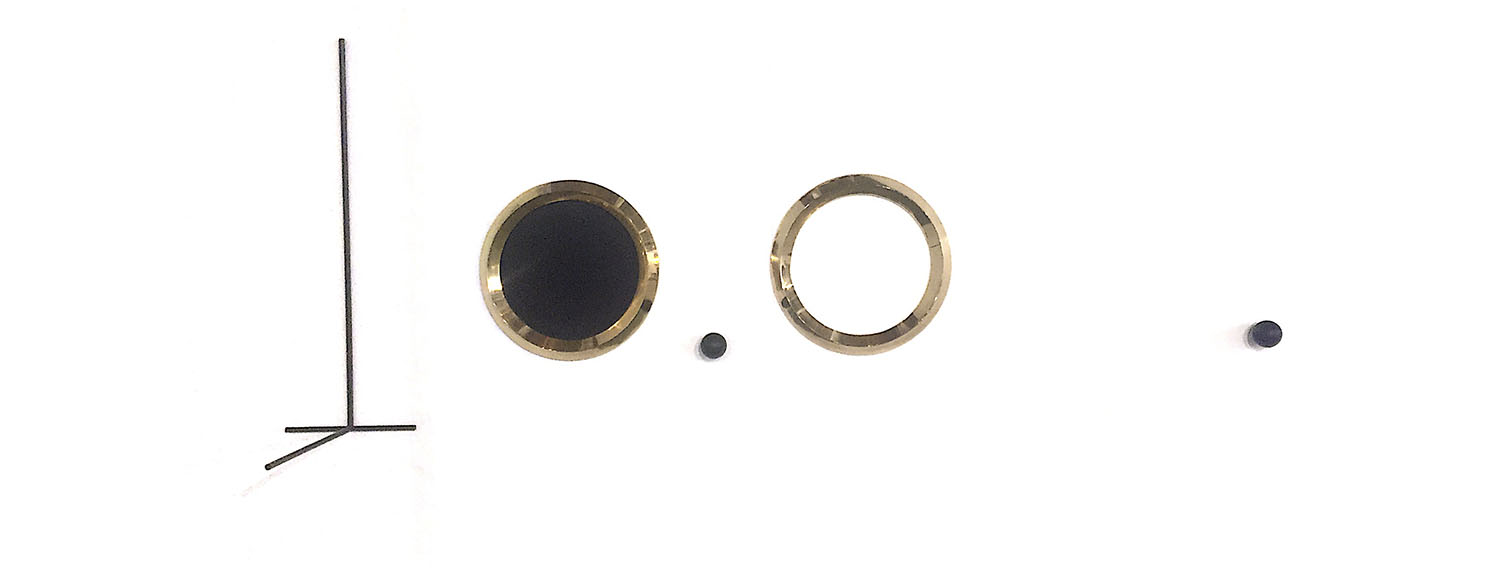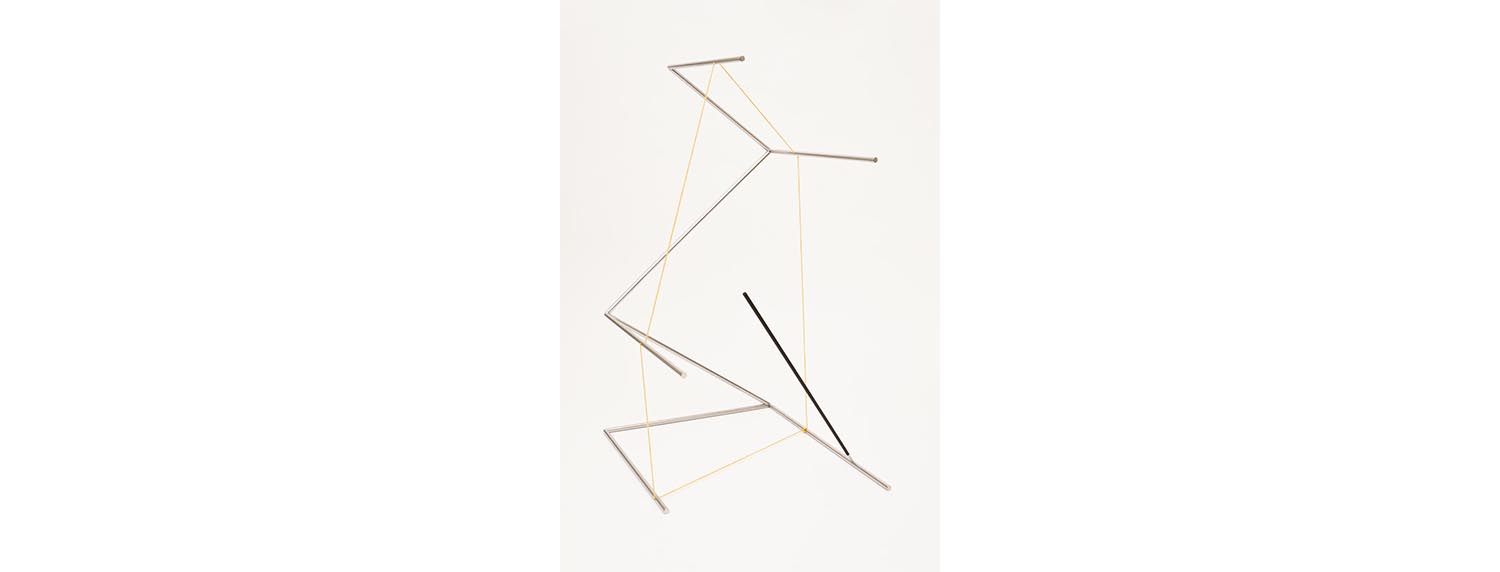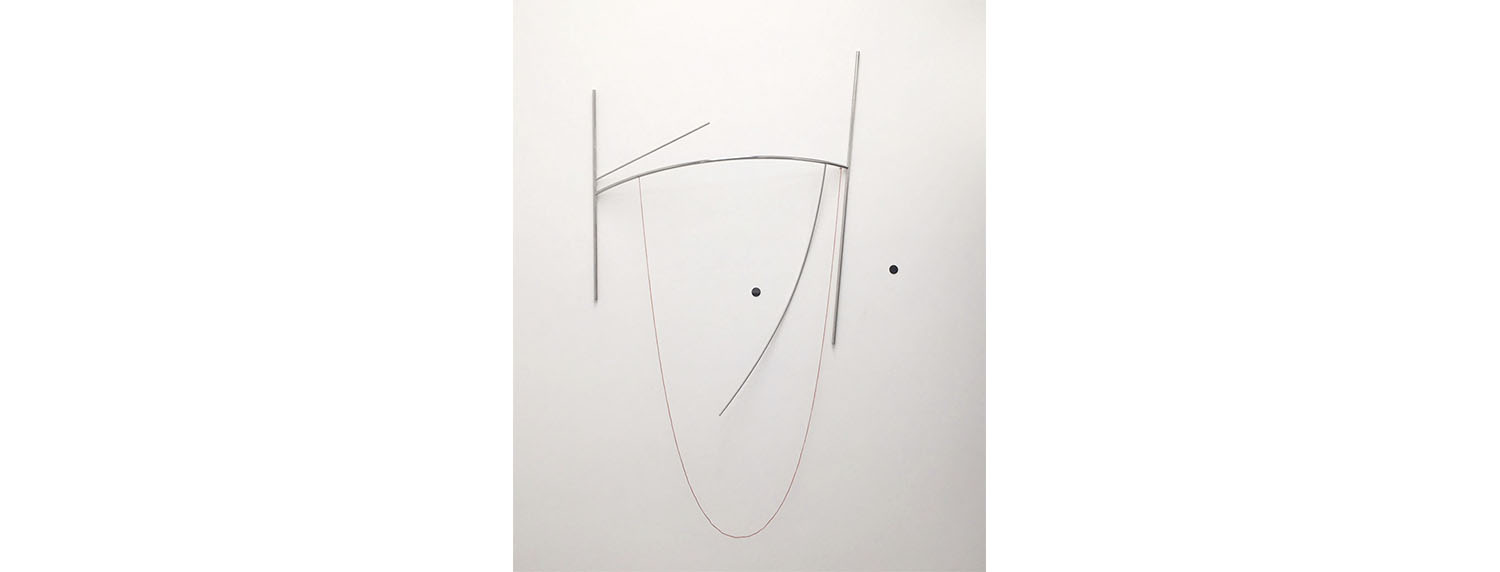Experimentation and questioning, the occupation of spaces, line and air, flowing between things, a negative drawing inducing the audience to their memory of an object, and using a multiplicity of materials, offering everyone the possibilities of looking, in an invitation to the imagination, allowing the work to be included by international critics as one of the most important in contemporary international art. The diversity of means with which he works and his absolute mastery over materials make us feel the passage from one material to the other, the bonds between weights, densities and transparencies, and a work that constitutes an eternal process, a constant flow interconnecting the presence and the absence, the solid and the air, the full and the empty.
Waltercio Caldas was born in Rio de Janeiro in 1946, and in the 60s he started exhibiting. In his path, he has taken individual exhibitions at some of the most prestigious museums and galleries in the world, and participated in events such as the Venice Biennale, Italy, and Documenta in Kassel, Germany, among others in the Museum of Modern Art of New York.
Experimenting and questioning. Your artwork is always described, among other definitions, as having these two strong aspects. Can you tell us what you think or how you feel about these words by addressing your trajectory?
These two words can always be applied to anyone who has a critical view of their time. Artists, most of the time, work simultaneously with what they know and what they do not know, and in practice this results in behaviors that question and push the limits of reality.
Another point that stands out in your work is the possibility of the look, the discovery of it, a sense or a sensation that the look is able to bring us. Emptiness, being a quintessential structure of your artwork, accomplishes the blank space occupation, inducing us to remember the object. How does your process between the line and the air, the negative drawing, work?
When we see an art object, it is as if we are seeing it for the first time, inaugurating a current presence justifying it. It is the appearance autonomy that I try to emphasize in my sculptures and drawings; this activity by images can be confused with what I mean: empty and full, line and space, presence and absence would therefore be structurally dependent on each other.
It is mentioned by critics that your work revisits the history of art as one of the formative elements of it. Does the past serve as information, dialogue or as a source for the future?
I wouldn’t call it a revisiting, because this dialogue never ceased to exist in artwork; I just think that we should not neglect the ruptures and achievements that allowed the artists to move on. Successful artwork, no matter the time they were made, will always be with us, will always be contemporary. I like to treat the history of art as one more matter to be discussed and contemplated.
We live in a world exacerbated with images. As a visual artist, you induce the image by cutting into the blank spaces. It is an attitude that goes against our current reality, with an increasingly amount of images being displayed. The line is your limit, therefore you project the image but does not complete it, leaving to the audience the task of discovering it. Your artwork, therefore, is an invitation to the imagination? Is it against explicit images?
I think it’s intriguing that this proliferation of images does not necessarily lead to interest in the complexity of their multiple uses, and today it seems that we only consume ourselves in this vertigo of appearances. Art would then have much to contribute in this direction, proposing new and revealing meanings for images and objects as well as for the very idea of what is the invention of imaginary blank spaces.
As for light, you use mirrors, glasses and highly polished surfaces on your work. How important is the presence of the light to really bring your work to life?
I am an artist focused on the three-dimensional characteristics of objects: weight, gravity, shapes, colors, transparencies, etc. In this sense mirrors are special objects, “luminous mimetic machines” that give us a differentiated, and even critical, version of our expectations. Therefore, there is something similar between how mirrors work and art objects.
As for contemporary art, how do you see yourself being one of the most important artists we have today in international art? Is there in your work a conceptual dialogue with what is being done today?
I believe that the growing presence of Brazilian artists in international events should encourage us and also bring us more responsibilities. The increasingly complex and tense dialogue, between what we call culture and art, can and should enhance the identity of the country.
Since I started the interview talking about definitions of your artwork, I will conclude with them as well. Is your artwork sensation and reflection?
Yes, and I would like to add that today I am moved by the certainty that through art it is even possible to improve the quality of the unknown.
Wrapping up, explain the relationship between you and your work and the people from Bahia, since we have it publicly in the Sculpture Park from the Museu de Arte Moderna da Bahia.
I have a special affection for Salvador, which I had the opportunity to visit countless times, but I regret to say that the work present in the gardens of the museum doesn’t represent me or my work, since it was disfigured, dismembered and located according to absolutely divergent criteria from the original project’s intention. I hope the audience from Bahia someday gets a new opportunity to appreciate my work as I have initially conceived it.


